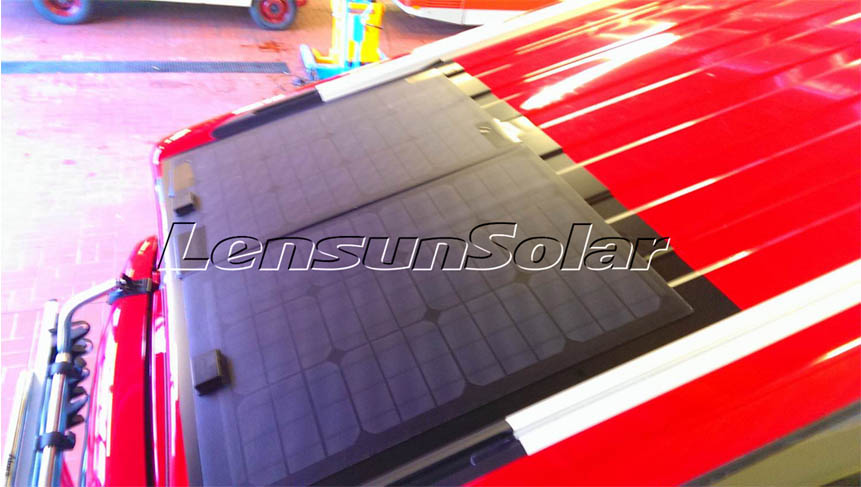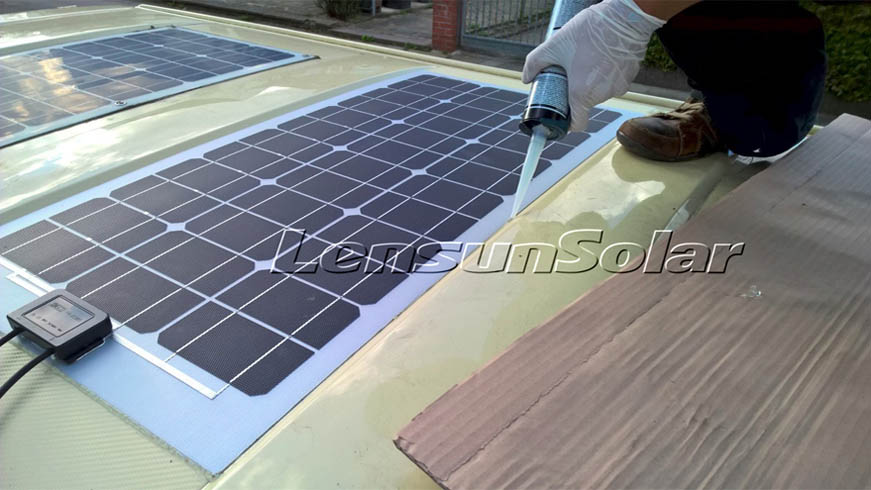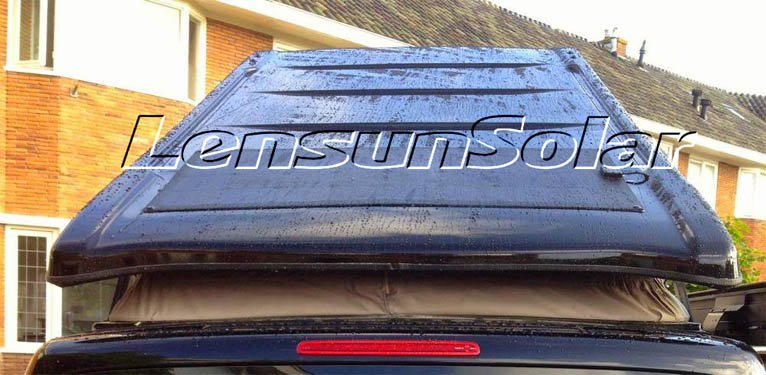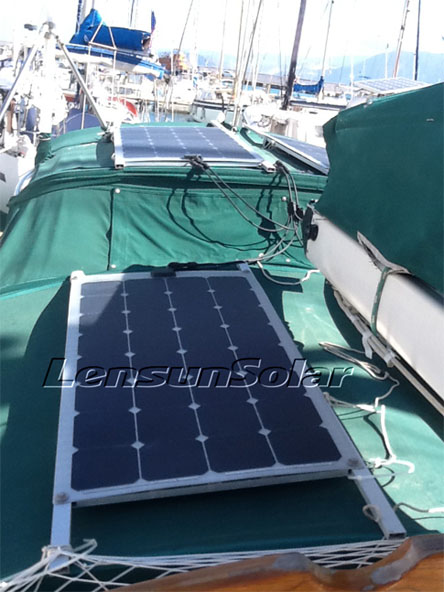How to choose a flexible solar panel? Lensun Solar
Help! How do I choose a flexible solar panel? ... is one of the most popular questions we are asked.
As with most things, there are different points to consider when you choose a flexible solar panel:
Q1 - How much power (wattage) do you need?
Q2 - Does the panel need to fit in a particular space?
Q3 - What is your budget?
Q4 - What accessories does it come with and how easy is it to mount?
Q5 - Does it need to be portable, lightweight, flexible; is it a permanent or temporary installation?
Q6 - How do you size a system and calculate the actual power you need?
What we will do here is go through the different points in broad terms and then cover( discuss) the actual power calculation in Q6.
Q1. How much power (wattage) do you need?
The wattage of the flexible solar panel you need is perhaps the most important thing to get right.
Why? Well, if you underestimate the amount of power you need, you could be very disappointed with the results. (Like expecting a tiny car to pull a huge caravan).
But if overestimate, you might end up spending more than you need to. (It might be fun but most people don't buy an expensive Ferrari for a quick trip to the shops).
There are three main stages to a solar powered system:
Power generation (the solar panel)
Power storage (the battery)
Power use (your items you want to run off solar power)
1. To work out the wattage of flexible solar panel correctly, the panel needs to be sized according to how much power you are going to use. And you are going to get a bit of information about each electrical item you need to be solar powered later.
2. The battery, no matter how large or small, is a storage container for solar power gathered in daylight to use immediately or to use later. Highly important. For example, if without a battery, a solar powered torch would be rather pointless in the dark!
3.Just remember to maintain the power storage at a constant level, the solar panel needs to put into the battery the same amount of power as is going out of the battery later.
However, at this point you don't yet need to consider the size of battery you are charging, unless you are sizing for an uninterruptible power supply (UPS) system. You just need to know that you will need.
As a general rule, if you have a caravan, you'll need a panel between 20-60W. Whereas most motorhomes are fitted with panels of 80W or larger power. Since it tends to be more needing power in a motorhome than in a caravan.
For example, One laptop charging needs at least 25W to provide a useful trickle charge.
See Q6 - How do you size a system for more details.
Q2. Does the flexible solar panel need to fit a particular space?
One of the reasons we like to supply a range of different manufacturers panels is to provide lots of different sizes. (By that we mean width, length, thickness and power rating).
You can also add panels together to get the overall size you need. So if a 120W panel is too large in the area, but you have room to install two 60W panels side by side, then this idea would be better for one 120W.
And Lensun Custom Service is also a good choose. We provides custom service to our customers, which will greatly save your time and cost. With a professional Research and Develop team, we can provide suitable products according your requirements.
This is ideal for application where standard solar panels fall short due to standardized sizes and mounting options.

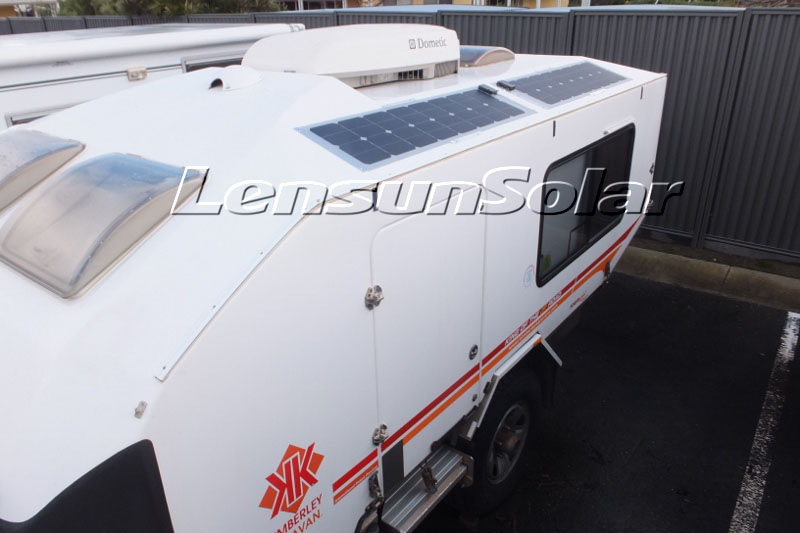
Q3. What is your budget?
Put simply, the more powerful the panel, the more it will cost.
Rigid solar panels cost less per watt than semi-flexible panels and folding panels. But flexible solar panel and folding panels are more portable and lightweight for camping, hiking and outdoor use.
There are also differences between equivalent flexible panel, which will reflect on panel. such as:
The technology of Laminating on the panel- ETFE Laminated Technology V.S. PET sewn technology
the quality of the solar cells and material -- Grade A Mono solar cells V.S. Grade B or C solar cells
the quality of the junction box --- Waterproof IP and custom special type.
the packaging and instructions
Solar regulator, cables and other accessories that might be included
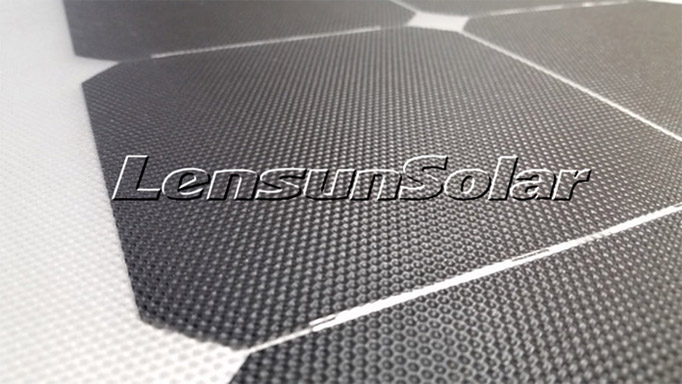
Q4. What accessories are included?
Thinking about what accessories you'll need and how confident and competent you are with the wiring, and check if you would be better to get a full kit.
Lensun flexible solar panels come with cables already fitted to the junction box and with MC4 plug-and-go connectors.
However, many people will require to fit cables and blocking diodes, both of which Lensun can supply.
Consider also whether you need additional cables like a 12V cigarette lighter socket or extension cables, and whether these are available for your chosen panel?
Finally, how will you mount the panel? Lensun flexible panels come with four mounting eyelets in the corners. But you can choose the fit mounting ways, such as how to mount flexible solar on the camping van and how to mount flexible solar panel on the marine environment.
Q5. Does it need to be portable or is it a permanent installation?
Generally speaking, if the weight and portability is your main concern (perhaps you're a touring cyclist), then you need a flexible solar panel or a folding solar charger .
However, if you're not trekking/canoeing/cycling or doing some other extreme sport that requires you to carry all your kit, then you might like to look at our ETFE laminated technology folding solar charger for Caravans. These are based on a flexible solar panel.
For permanent installations on motorhomes, sheds, boats etc, it generally makes sense to use a flexible solar module. However, if you need to walk on the panel (because it is part of your boat deck), or need it to fit on a curved area, you might consider a Lensun semi-flexible kit.
Q6. How do you size a system?
In sizing a system, the aim is to balance the power going into the solar panel with the power going out of the battery over a period of days or weeks (depending on how it is being used).
A 10W panel will give 10W (0.6A @ 16.5V) for each hour under standard test conditions (1000W/m sq and 25oC).
A quick sunshine hours guide in the UK:
It will give you the equivalent of 4 hours sunshine in the UK on a summer day. A 10W panel will has 40W power in that day(4 hours sunshine).
And on a winter's day, you will get the equivalent of one hour of sunshine and so a 10W panel will give 10W in that day.
These are fairly conservative figures – some companies use up to 6 hours in summer. You can do the same calculations with the Amps.
Some simple steps for sizing a 12V system:
1.Get the Wattage of your appliances. List all the 12V electrical appliances you’ll use in a typical day, then find out how many Watts each appliance consume. Usually you can find them on the appliances or in their handbook. But if you can only find a figure of Amps, simply multiply this by 12, to convert it to Watts.
2.Calculate your daily Watt-hour requirement. You can estimate how many hours you would use for each appliance in a typical week, then divide by 7 for a daily rate. And multiply each appliance’s wattage by the hours, you’ll know it for in a day. Then add all the totals to get the final daily total Watt-hours you require.
3.Next step is to calculate your panel size. Simply divide the daily total Watt-hours you require by the hours of usable light you expect in an average day, which will give you the minimum panel wattage. In the UK, allowing 1 hour of light in winter and rising to 4 hours by mid-summer.
4.Then your battery size… Multiply your daily Watt-hour requirement by 7 to create a weekly requirement, and divide this by 12 to convert back to Amp Hours, which batteries are rated in. Multiply by two to give the correct battery size.
5.Finally choosing your charge controller. Size your charge controller is according to the Amps produced by your panel. Calculate the Amps produced by dividing the panel wattage by 16.5.
6. A worked example. In one week you want to run a 65W television for 4 hours, and an 8W light for 5 hours. Your daily Watt-hour requirement for the TV is 65 x (4/7) = 37Wh; and for the light you require 8 x (5/7) = 6Wh. Your daily requirement is total 43W. You only intend to use the system in summer, so you need a panel that is 43/4 = 11W or more. Your battery size needs to be (43 x 7 x 2)/12 = 50Ah. And you need a charge controller suitable for a solar input of at least 11/16.5 = 0.7A.
Please kindly let us know if you need any more information, You can contact us via email or call us in the following information from Monday to Friday.
Contact information
www.lensunsolar.com
Tel: US +1 720-608-1288
China: +86 15759769602
Whatsapp: +86 15759769602
Skype: lensunsolar
Email: info@lensunsolar.com, lensunsolar@gmail.com


